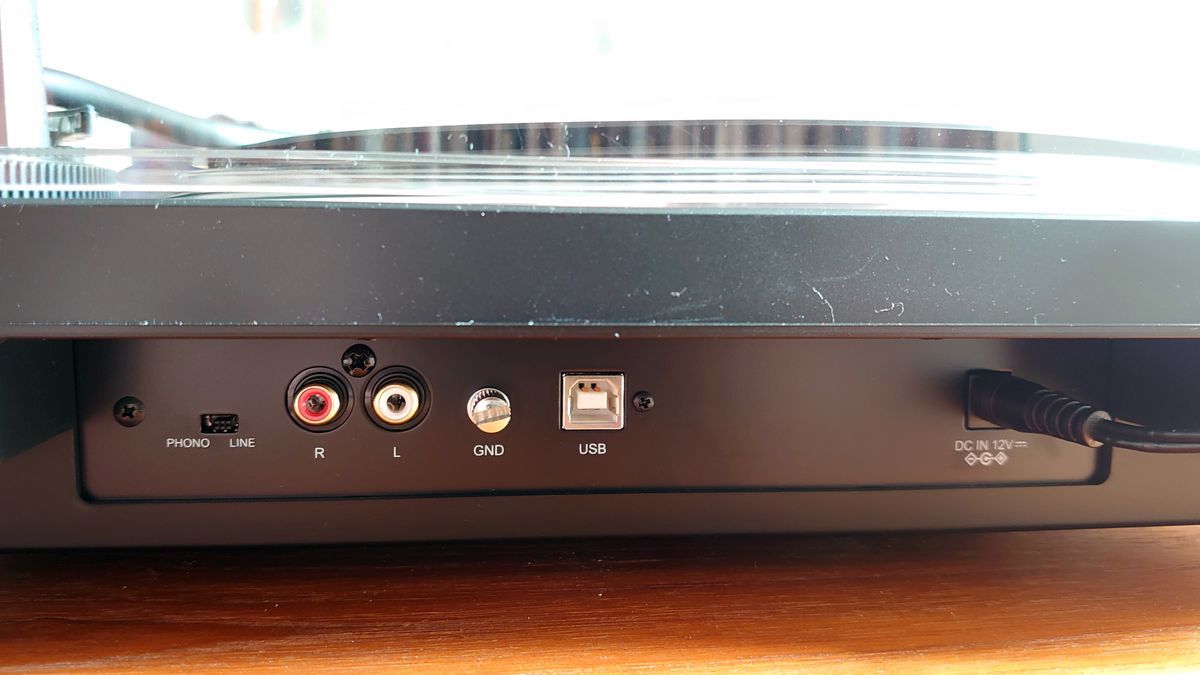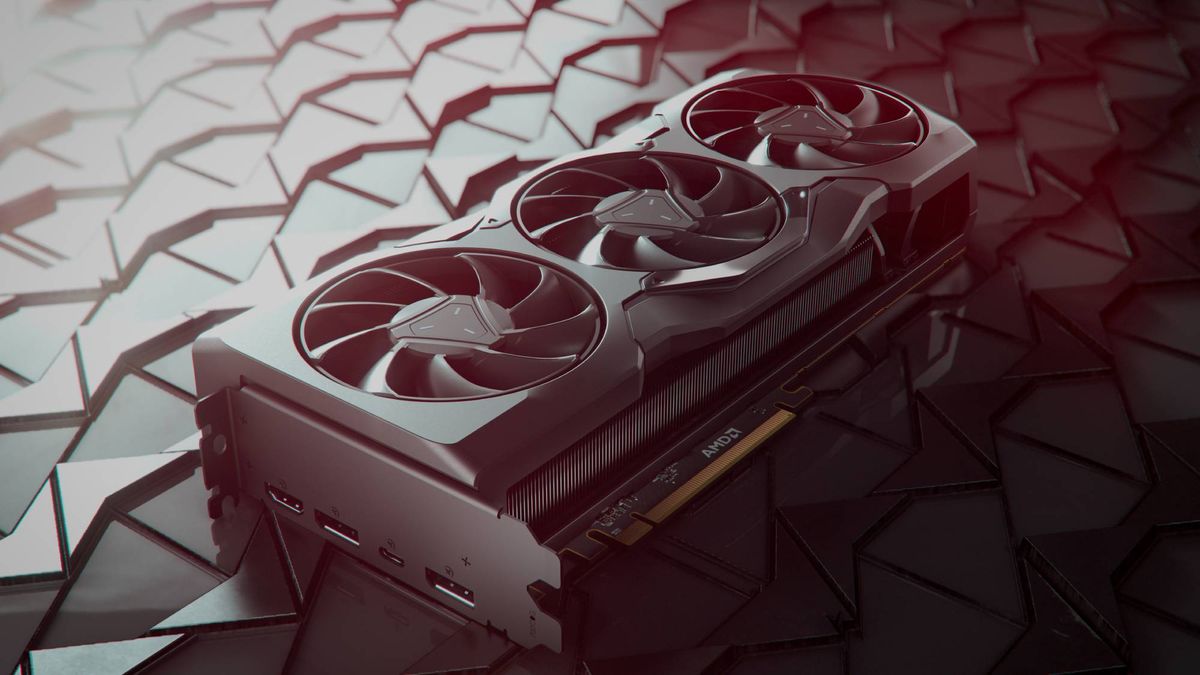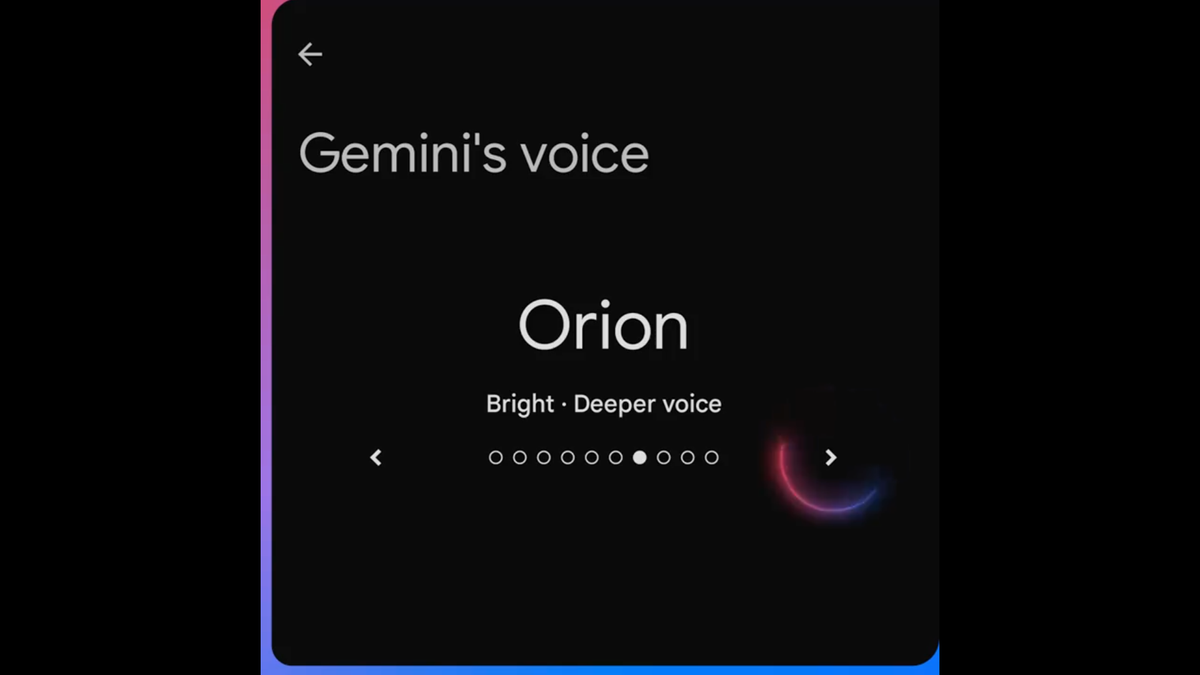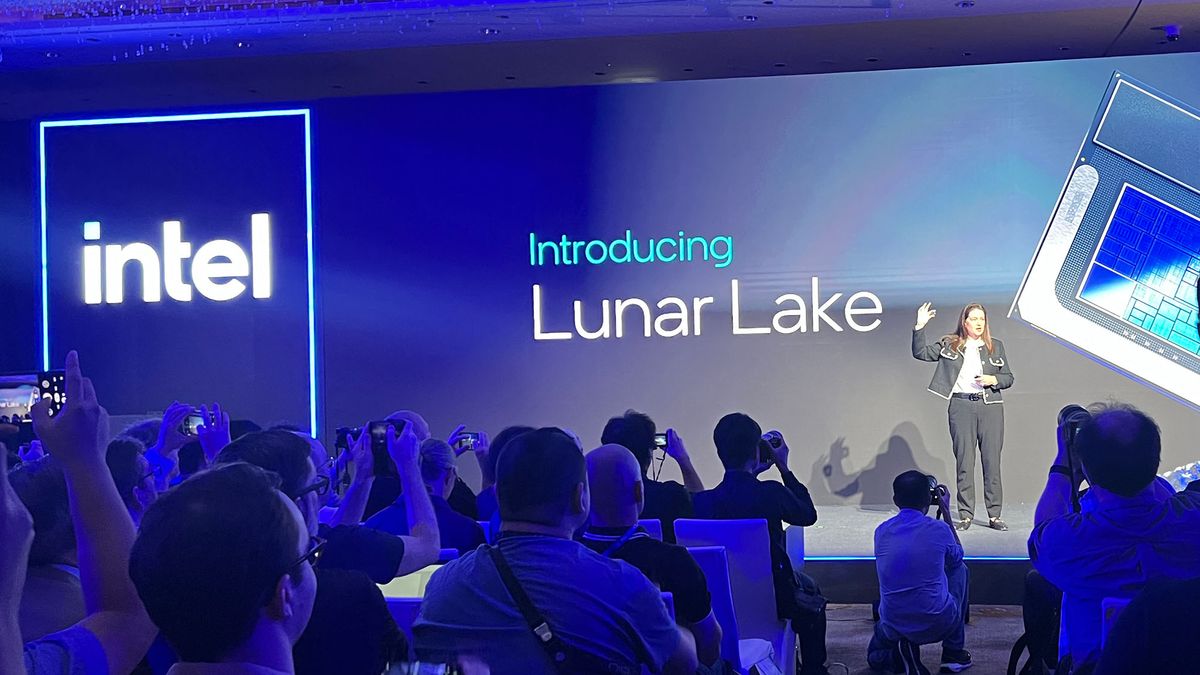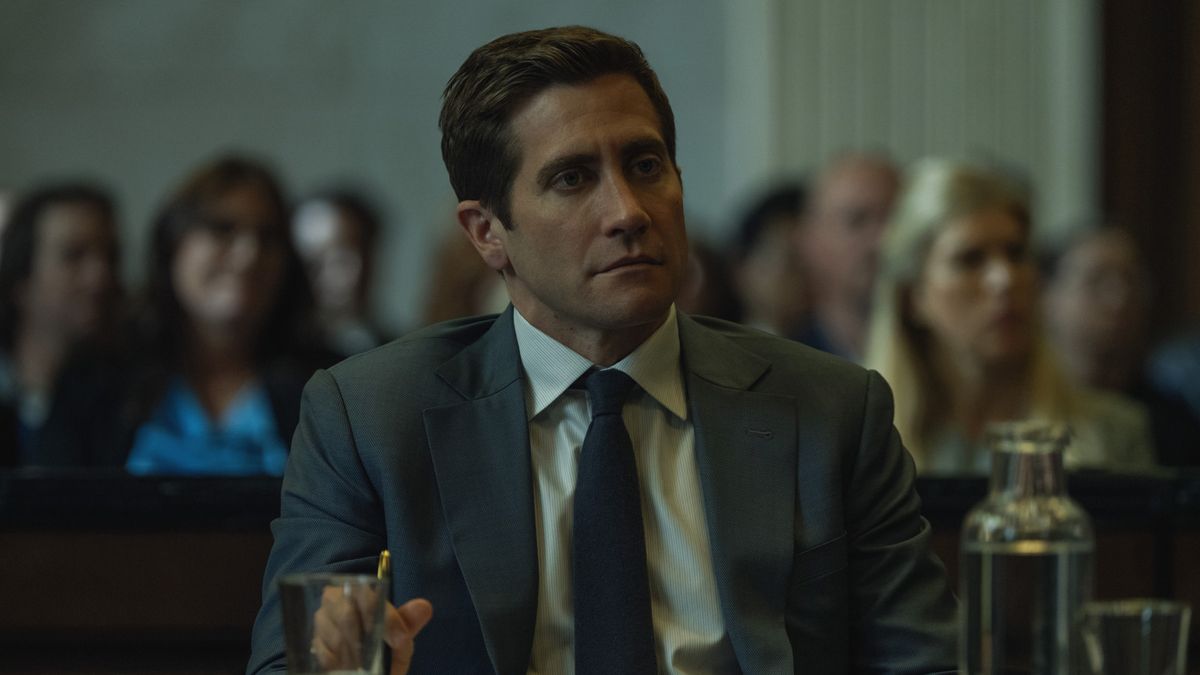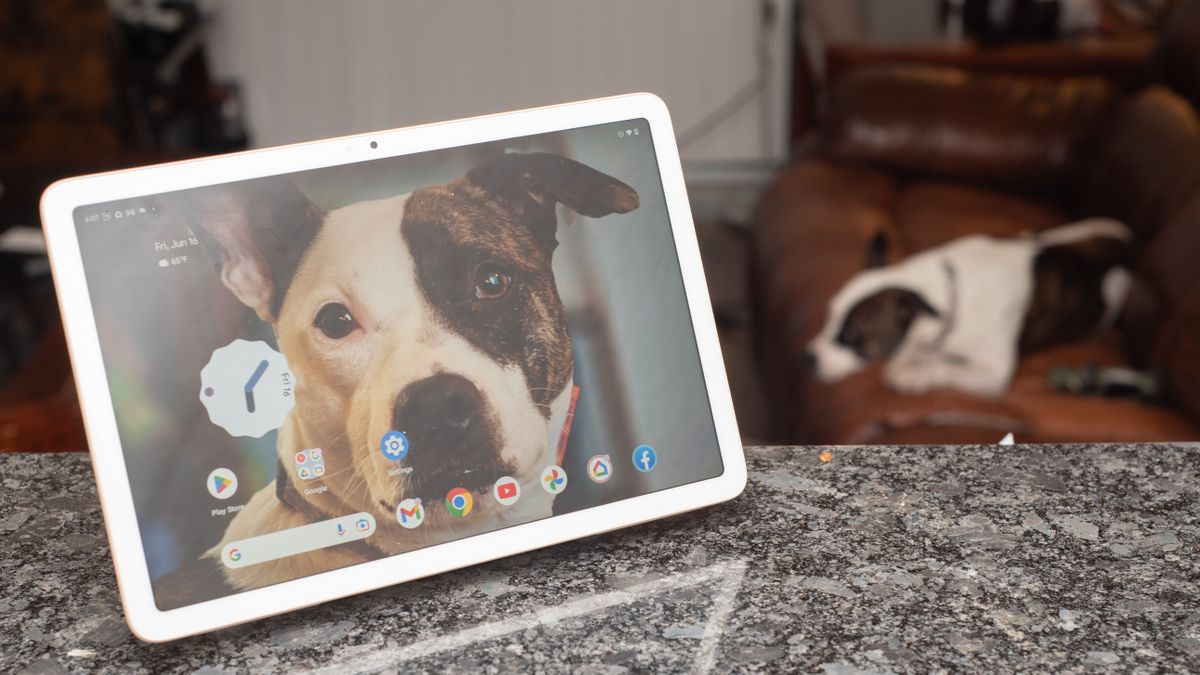When you look at the back of most of the best turntables, you'll see the familiar shape and color of their RCA outputs, with their red and white inserts. They've been with us for nearly a century, and they're still the most common way to connect turntables to other audio equipment. But they're not the only option you'll find on some turntables.
Some turntables also offer additional options, such as optical outputs. And many offer a connection you'd normally expect to find on a computer, not an audio component: USB. need Does your next spinner have a USB connection? Let's find out why people want them.
A quick guide to turntable connections
The RCA connectors found on the back of virtually all record players were designed by the Radio Corporation of America back in the 1930s (exact dates vary, but they were definitely in use by 1937) as a simple way to connect audio equipment. And they've endured because they're simple, straightforward, and widely compatible.
There are, however, some newer options. Some manufacturers have also made turntables with digital optical outputs. These outputs are designed to connect to systems with digital inputs (primarily home theater receivers, but also some sound bars and other audio equipment) and come with analog-to-digital converters that convert the audio signal into digital data.
Most turntables will typically have USB. And the reason they have a computer USB interface is so you can easily connect them to computers.
Why should you connect your turntable to a computer?
The main reason to use a USB connection is to copy your vinyl records into digital formats that you can then play on your phone, laptop, one of the best music players, etc.
Without USB, it's a real pain. Some Windows desktop PCs have RCA inputs on their sound cards, but these inputs are becoming increasingly rare. And even those that do have RCA don't usually have phono inputs, so you'll usually need to amplify your turntable's signal through a built-in or stand-alone phono stage.
With laptops, that option isn't available. Many laptops are designed without any audio input at all; good luck if you want to connect anything to a current MacBook Air, for example.
And this is where USB comes in. With a USB turntable, you can plug it directly into a computer, even if it doesn't have audio inputs. This isn't unique to turntables: lots of music creation equipment is USB, too. That's because USB is the computer equivalent of RCA connectors: simple, direct, and widely compatible.
Do you need to copy your discs?
If you don't plan on ripping your records, you don't need a USB port. That doesn't mean you shouldn't buy a turntable that has one (mine does, though I've never used it), but it does mean that USB shouldn't be on your list of deciding factors when you're thinking about making a purchase.
Should you copy your discs via USB? The short answer is “maybe.”
Ripping discs is great if those discs are currently the only way to listen to those specific songs – by creating digital versions, you can expand your listening options so you can enjoy music in places a record player can’t reach, like your car or while commuting to work or school. But ripping is time-consuming, and if you do it at the highest quality levels, it also takes up a lot of storage space. So it’s worth asking yourself: do I really need to rip this?
In the case of widely available commercial music, this is probably not the case, especially if you have one of the best music streaming services, such as Apple Music, Spotify Premium, TIDAL, Deezer, or other streaming services.
For example, I have the 30th anniversary edition of the U2 album. Attention baby on vinyl, but I also have it streaming in Apple Lossless format as part of my Apple Music subscription. If you bought the latest Fleetwood Mac re-release Rumors For Record Store Day 2024, you can leave it sealed and stream it Rumors, Rumours (Deluxe Edition), Rumours (Super Deluxe Edition), Rumours (Live)… You get the idea.
Even if your vinyl collection is rather obscure, you might be surprised by what you can find in the streaming services' catalogues. For example, a very little-known band from my area in Scotland called Nyah Fearties released an album called A tasty Heidfu' on vinyl back in 1986. And even though only about six people have heard of it, it streams in lossless audio quality on Apple Music.
That's not to say that streaming services are perfect. There are gaps in their catalogues, especially when you move away from the more commercial and mainstream genres. Licenses expire, causing some records to leave their catalogues permanently. And of course, you need to have a subscription if you want to continue streaming music: no money, no music. So you can understand why some music lovers do want to copy their records.
How do you do it?
How to copy vinyl records with a USB turntable
Copying files involves a little more than plugging the turntable into a USB port (or, if it's not a USB turntable, into a USB phono stage which in turn plugs into your computer), but not much more.
The other thing you need is software to handle the encoding process. You can do it pretty well with free software like the excellent audio editor Audacity, but if you're willing to spend a little money there are programs that offer more advanced features and more convenient ripping like VinylStudio (from $29.95 for Mac or Windows) or Channel D's Pure Vinyl Recorder ($379 for Mac).
This last option costs a lot of money, I know, but it has a lot of features: it can automatically tag albums and songs, remove noise and clicks, and do all kinds of audio optimization and processing – there's even a special mode to get the best out of pre-1955 vinyl and shellac records.
Which USB turntable should I buy?
We recommend the Audio-Technica AT-LP120XBT-USB as a great, affordable turntable option. In our 4.5-star Audio-Technica AT-LP120XBT-USB review, we said that it “brings maximum convenience to the world's most inconvenient audio format without sacrificing sound quality at the same time; the Audio-Technica AT-LP120XBT-USB does more than you might expect, and with plenty of style.”

